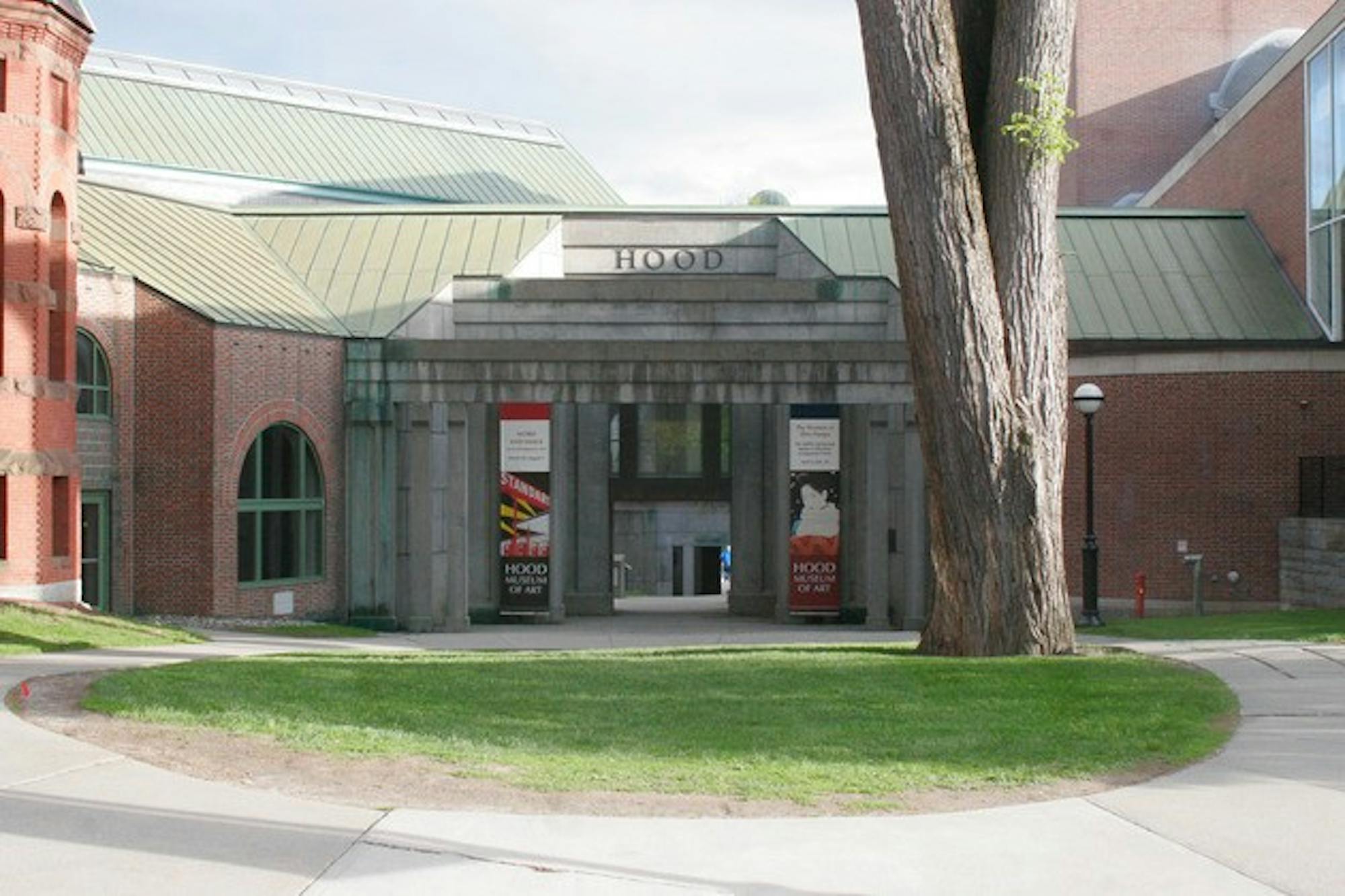The museum was one of 244 recipients chosen out of 826 proposals submitted by institutions including zoos, science museums, history museums and botanical gardens. The Institute of Museum and Library Services gave $30 million in grants this year as part of a 15-year-old program.
"It's a competitive grant-making process," deputy director of museums Claudia French said. "We have lots of great museums and great projects going on all around the country."
The Hood's digitization project has a three-pronged goal: photographing and posting each of the collection's nearly 3,500 pieces, inviting scholars to add input on key works and developing elementary, high school and Dartmouth curriculums based on the collection, Hood associate director Juliette Bianco said.
It will also include the creation of an online forum for Native American community members to discuss their personal connections to the art.
"There's a really nice interactive community-building part of this project," Bianco said. "Taking photographs and putting them online is great, but then encouraging this kind of dialogue around them is the other really exciting part of this."
Bianco estimated that the first photographs of the artwork will be taken in early 2014. A revamped website, optimized for the database, is slated to launch around the same time.
The Hood has been working to digitize its collections for several years, and roughly 20 percent of the museum's 70,000 pieces have been photographed so far. The grant will allow the Hood to discover the most efficient ways to complete the process.
The Native American collection is the first full collection that the Hood will digitize, reflecting the museum's commitment.
"We did a big exhibition in 2011 and 2012 that in some ways laid the groundwork for this grant and helped its success, and has shown that we have the expertise and desire to make the Native American collection a really vibrant part of campus," Bianco said.
The College will host five scholars, each of whom will focus on a particular area of Native American art to enhance the knowledge surrounding the collection.
The digitization will increase the teaching value of the artwork and better allow Native American students to connect to their cultural identities, Native American studies program chair Bruce Duthu said.
"Teaching museums like the Hood thrive when they can maximize their audiences' engagement with the collections," he said. "For faculty and students, it will mean having ready access to the collection to support their research and writing interests."
Jason Curley '13, a member of the Navajo tribe and a former Hood intern, recalled that the lack of photos made it difficult to determine which objects would be relevant and interesting to his research.
"Not only will this initiative give students and researchers an initial insight into what the object is and what to expect, it will also give them more reason to advance and further study it by seeing the object in person," he said.
While he takes pride in the Hood's collection of Native American art, Curley noted that the discussion forum will help provide historical context for the artwork, which has both practical use and has frequently been used to express tribes' political struggles to the public.
"This type of forum would allow us to say that these are more than aesthetic pieces to us," Curley said. "This is who we are this is how we choose to present ourselves to the world."




